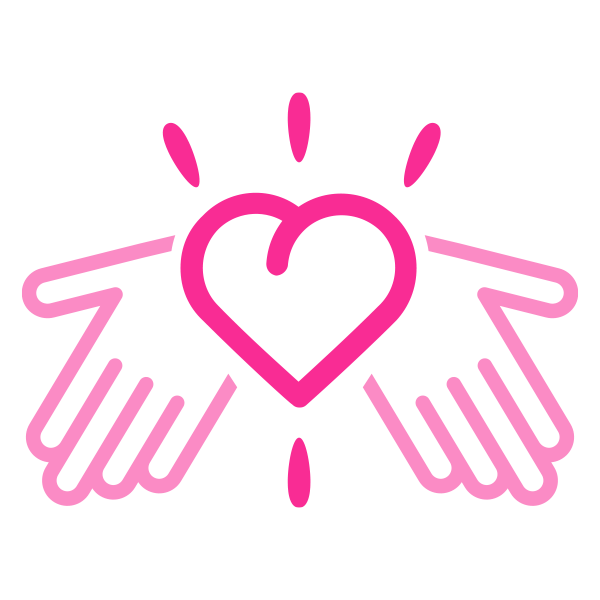Children’s Social Care
Children in our care
Children in public care, who are placed with foster carers, in residential homes or with other relatives. Children come into our care when their parents are unable to provide ongoing care in either a temporary or permanent capacity.
Fostering
Foster care involves providing care and support for a child by an individual family who have been approved by Bexley Council for either a short-term or long-term period when they cannot live with their parents or previous care arrangement.
In 2020:
- there were 115 approved households for fostering
- there were 90 households with two carers and 25 households with one carer
- there were 230 approved foster places
- 15 groups were placed, and 40 siblings were placed [17]
Learn more about fostering a child.
Sources
- C1 Children in Need Referrals and Re-referrals, DfE - 2022
- C5 Children in Need Referrals by Source, DfE - 2022
- C2 Children in Need Assessments by Duration, DfE - 2022
- B1 Children in Need and Episodes of Need, DfE - 2022
- B2 Children in Need by Recorded Disability, DfE - 2022
- B3 Children in Need by Primary Need DfE - 2022
- D1 Child Protection Plans, DfE - 2022
- Children looked after at 31 March by characteristics - LA, DfE - 2022
- Children who ceased to be looked after during the year - LA, DfE - 2022
- Children who started to be looked after during the year - LA, DfE - 2022
- Official Statistics - Children looked after who were missing or away from placement without authorisation, DfE - 2022
- Care leavers accommodation - LA, DfE - 2022
- Care leavers by whether their accommodation is suitable - LA, DfE - 2022
- Activity of care leavers - LA, DfE - 2022
- Care leavers in contact with local authority - LA, DfE - 2022
- Care leavers who left foster care aged 18 and who were eligible for care leaver support - LA, DfE - 2022
- Internal data
- Adoption Scorecards, Transparency data, DFE - 2020
- School type - LA, DfE - 2020/21
- Special educational needs (SEN) - LA, DfE - 2020/21
- Free school meals (FSM) - LA, DfE - 2020/21
- FTE and headcount characteristics, DfE - 2021





